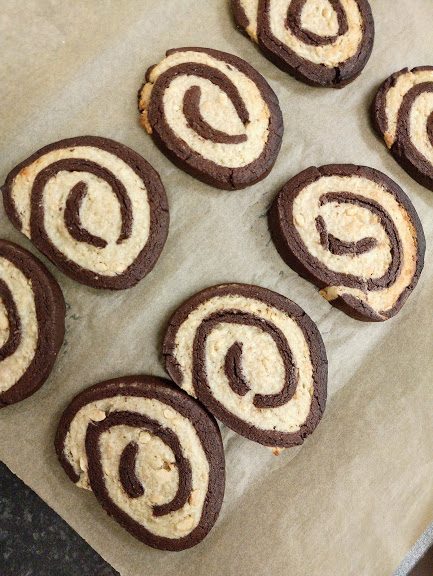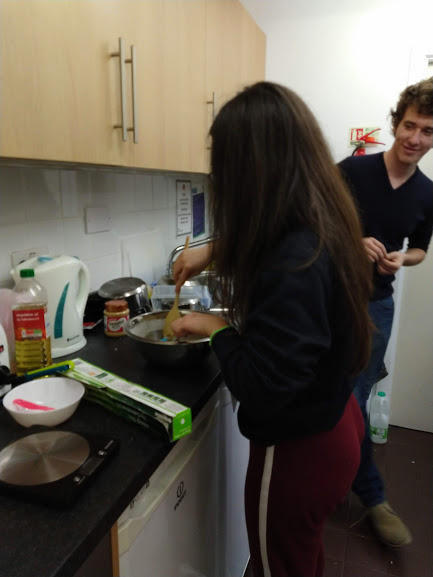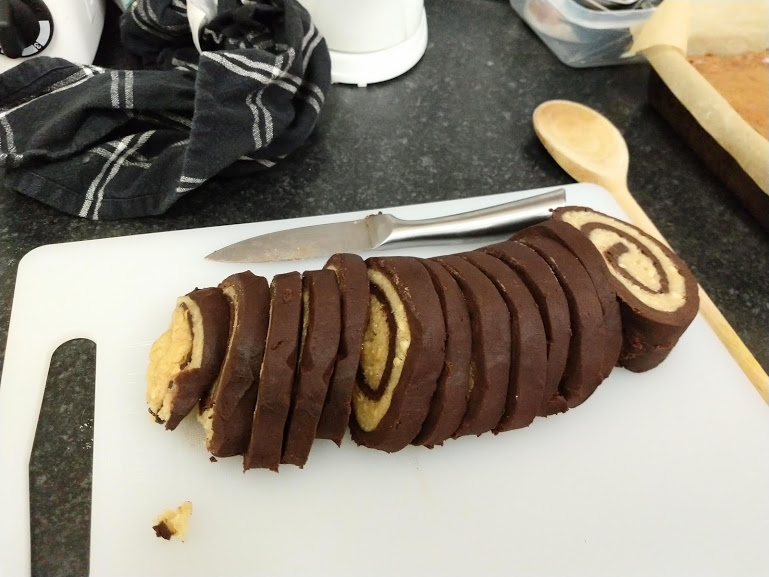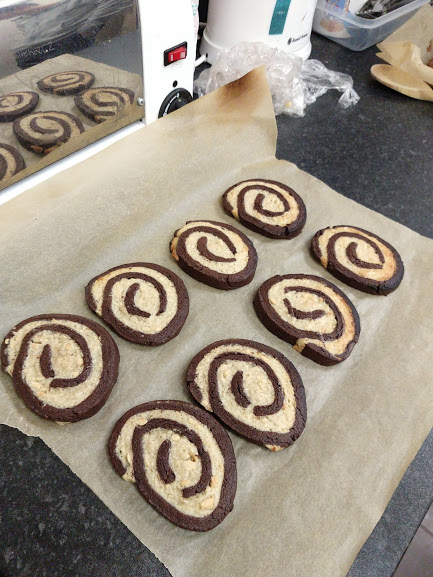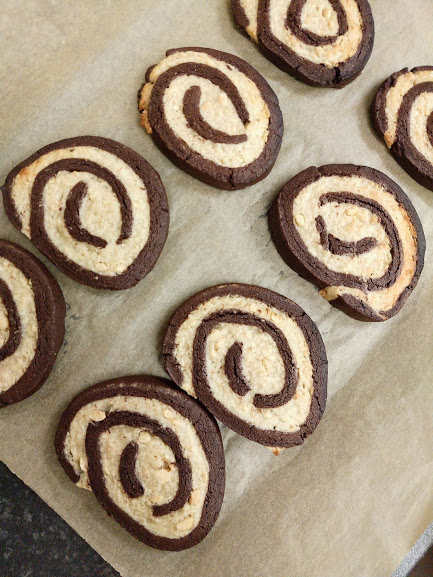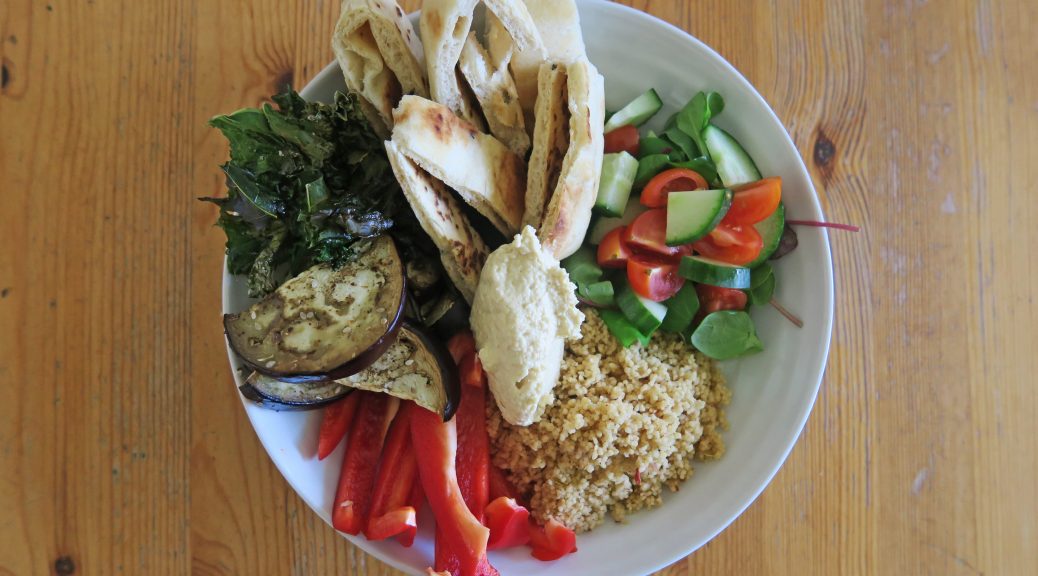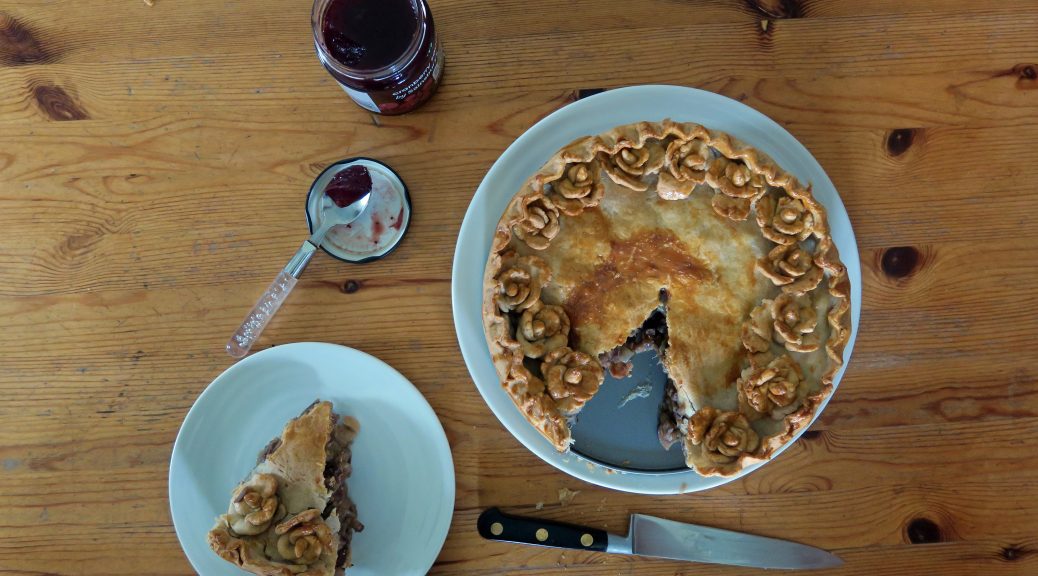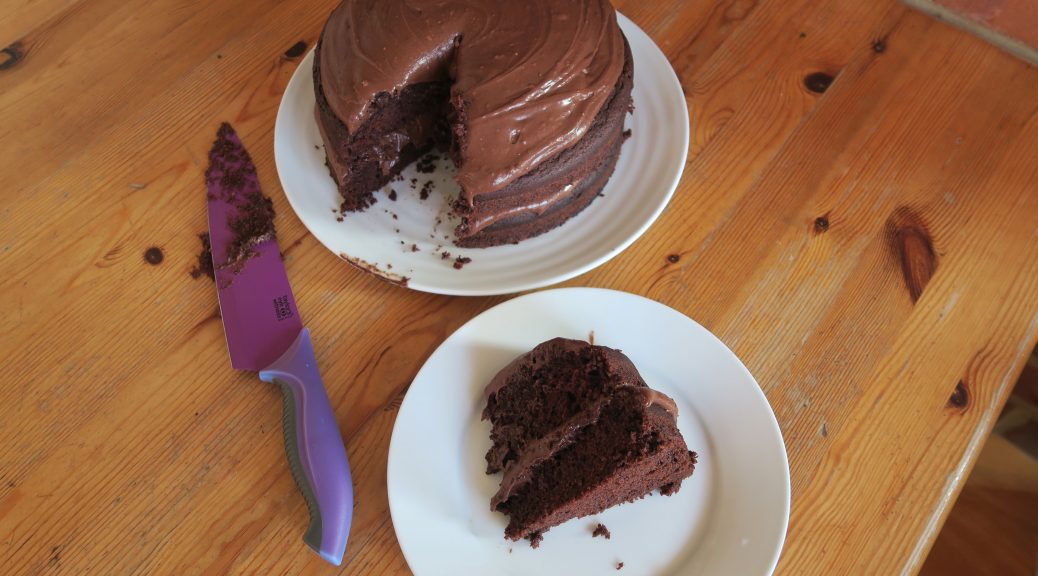
Vegan Chocolate Cake
It’s 2019. Everything’s squeaky fresh and everything’s vegan! (For this month at least). I have 9 delish vegan recipes coming your way and then depending on how I like the whole vegan thing I might carry on with it or go back to being a chill veggie. That said, it’s only been 1.5 days and I’ve been hungry and staring at every non vegan thing in my kitchen for most of that time. But it’s gonna be great. I’ve got hummus, I’ve got aubergines, and I’ve got some sweet wonders like this chocolate cake to keep me going!
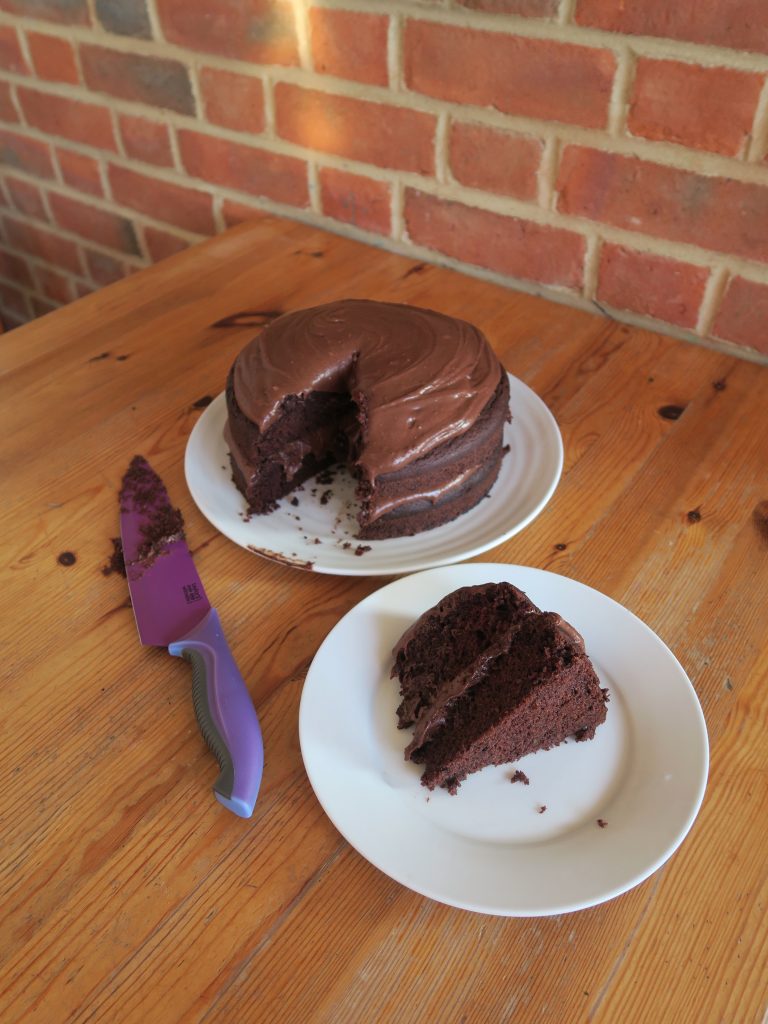
I actually first came across this way of making a cake a couple of years ago before I even considered going vegan, and it was so good that I didn’t realise it had no milk, eggs etc in it. It also doesn’t require lots of random hard-to-find ingredients like lots of vegan foods do, all you need is just a couple of avocados and you’re good to go! I also cannot stress enough that this is a hella good cake in it’s own right – this has actually become my go-to chocolate cake because it tastes so insanely good. So if the first thing you think of when someone says vegan is a bowl full of bland vegetables try whipping up one of these!
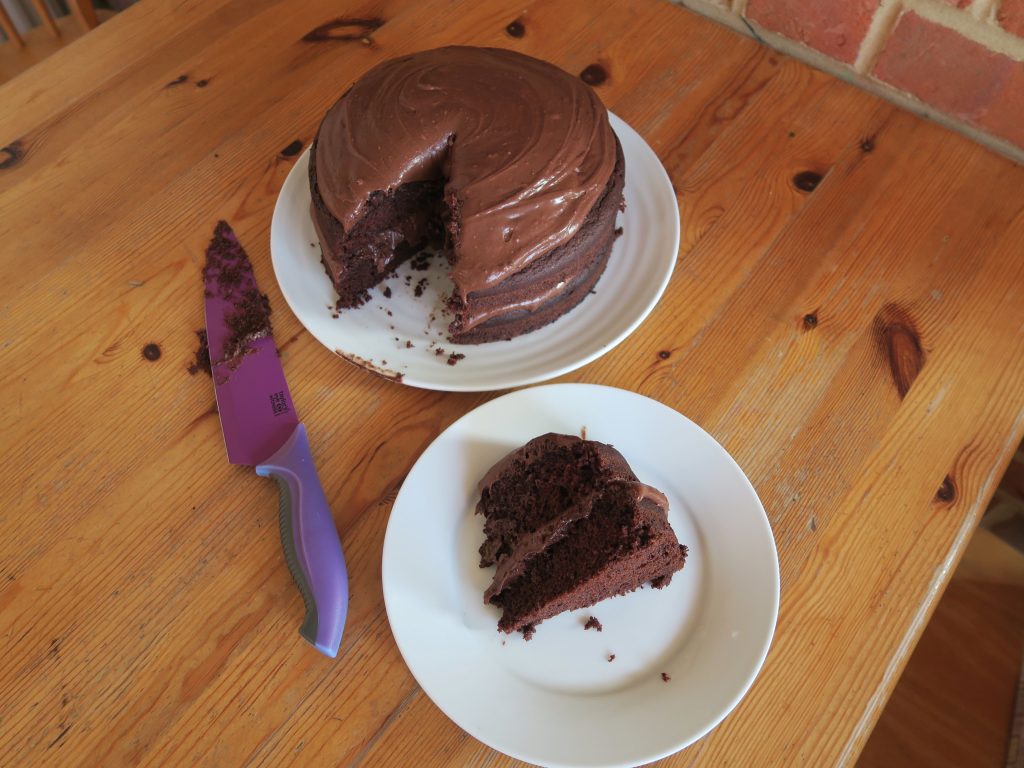
Recipe
Serves 10-12
Time: 2 hours
Ingredients
For the cake
- Dairy free spread for greasing
- 2 Small avocados (about 150g)
- 300g Caster sugar
- 350g Plain flour
- 60g Cocoa powder
- 1 tsp Bicarbonate of soda
- 2 tsp Baking powder
- 400ml Soya milk
- 150ml Vegetable oil
- 2 tsp Vanilla extract
For the icing
- 70g Ripe avocado
- 100g Dairy free spread
- 200g Dark chocolate (dairy free)
- 125ml Soya milk
- 25g Cocoa powder
- 200g Icing sugar
- 1 tsp Vanilla extract
Method
- Pre-heat the oven to 170˚C. Line two 20cm sandwich tins with dairy free spread and baking paper.
- Put the avocado flesh into a bowl and puree it with a hand blender. Then put the avocado through a sieve into another big bowl.
- Add the sugar, flour, cocoa powder, bicarb, baking powder, milk, oil, vanilla and a pinch of salt to the avocado and whisk together until smooth and velvety.
- Pour the mixture into the two tins and bake for 20-25 minutes until risen and springy. (A skewer inserted into the middle should come out clean). Leave to cool for a few minutes and then turn the cakes out onto a wire rack.
- Now make the icing. Put the avocado and sunflower spread into a large bowl and beat until smooth. Pass the mixture through a sieve and then set aside for now.
- Melt the chocolate in a bowl over a pan of simmering water and then leave to cool for a couple of minutes.
- Put the dairy-free milk into a pan and bring to a simmer. Put the cocoa powder into a bowl and pour over the milk, whisking until a smooth mixture forms.
- Add the avocado, icing sugar, melted chocolate and vanilla and beat again until the mixture is thick, smooth and shiny.
- Put one of the cooled cakes onto a plate. Spread over half the icing, then top with the other sponge and the rest of the icing. Serve!
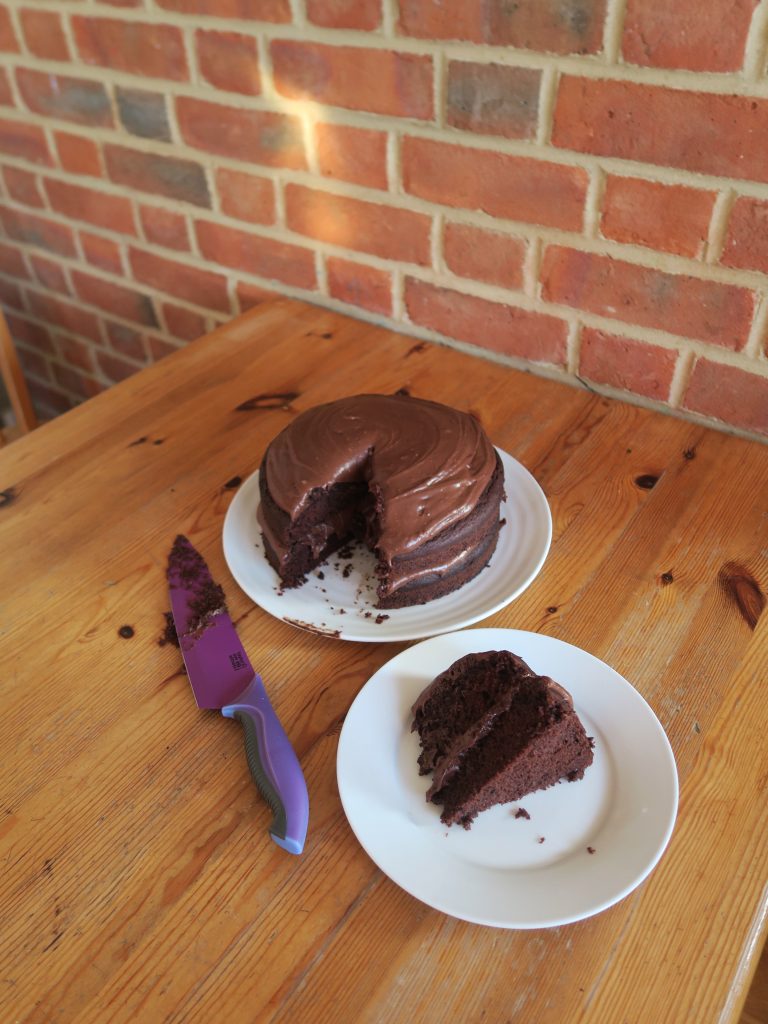
Thanks for reading!
Emma x
